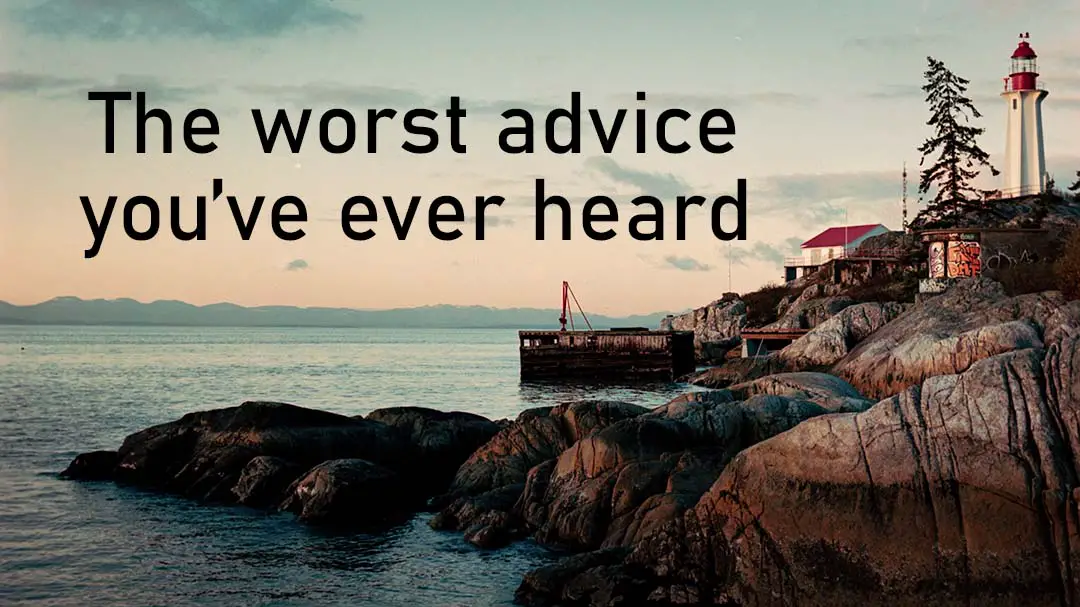Film photography is one of the most mythical art mediums. Everyone has their own habits and methods for making good negatives.
But like everything that has even the slightest bit of complexity, there is a lot of bad advice that gets thrown out there all the time.
Here are the top 11 pieces of bad advice that I’ve come across in my film photography days.
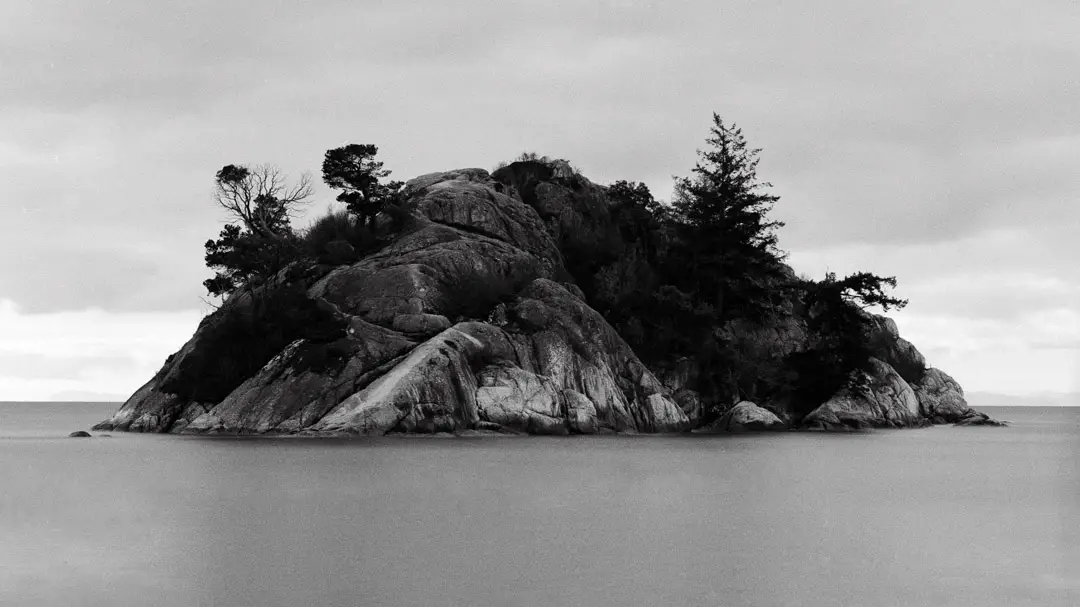
1. ‘True film photographers don’t edit their photos’
For some reason, this is one of the most persistent pieces of advice that I see on the Internet. But I don’t know a single professional photographer who doesn’t edit their photos in one way or another.
Yet it’s so common to hear on forums, and even on reddit, that photos that were edited just aren’t as good as those straight out of the camera. I don’t know where this advice came from, but it’s been bad advice since the very beginnings of photography.
There are thousands of examples of images that have been doctored throughout history. All you have to do is check out Vox Darkroom on YouTube, and you’ll see some of the more famous examples out there.
But even photographers like Ansel Adams famously said that dodge and burn are techniques used to fix god’s tonal mistakes.
You will be editing your film images no matter what. If you get your film scanned and developed at a lab, the techs there are going to edit your images, too.
Don’t ever be afraid to make changes to your images — we’re all doing it. So it’s absolutely okay for you to make some changes to your images as well. Film doesn’t always capture the images in a true to life fashion, and it’s totally okay to remove distractions, or change the colors to make your images pop.
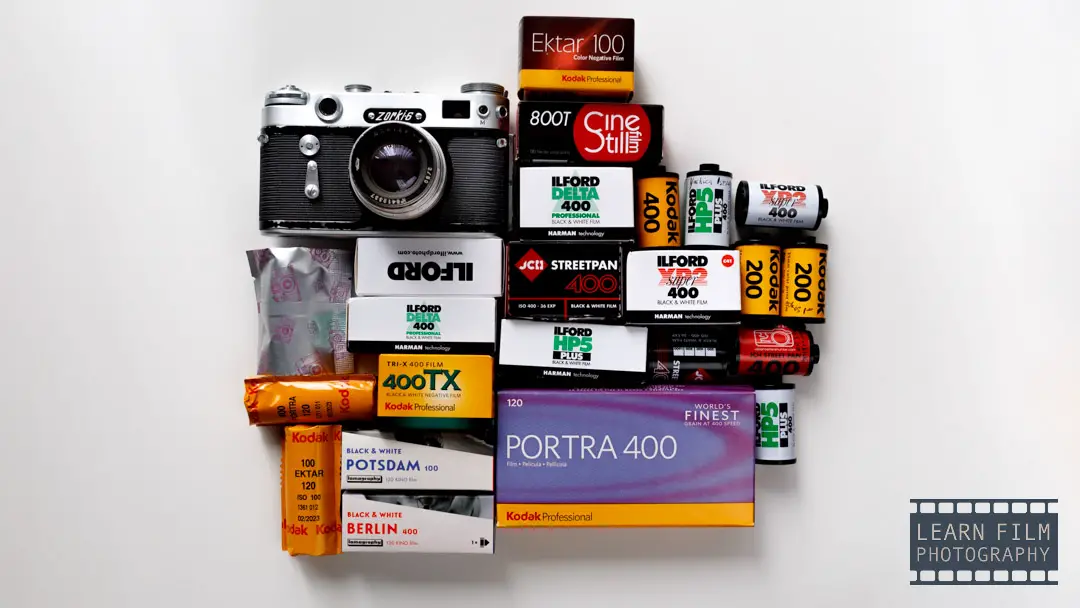
2. ‘Cheap films aren’t worth it’
One of the biggest myths is that the cheap film stocks aren’t worth the price you pay for them. They’re grainy, low-resolution, have bad colors, or are generally not worth it.
But every time I’ve used these film stocks, I’ve found they are way more unique than the high-priced alternatives.
High-priced film, like Kodak Portra, or TMax films are designed to give the photographer flat contrast-free images that can be used to create the look they desire. That’s awesome if you’re a professional photographer who needs a film stock that’ll work in every lighting situation.
But if you’re new to film photography, or if you’re shooting film for the famous, instagrammable ‘film look,’ then cheaper films like Kodak Gold, Ultramax, Fomapan, Kentmere, or Fuji C200 are going to get you closer to that look than the more professional film stocks ever will.
To get the best results with films like Kodak Gold, you will want to overexpose them slightly and develop them at box speed.
That’s the same advice that most people give for professional color films, although pro black and white films like HP5 or the Delta series tend to already capture larger amounts of shadow detail.
But budget films like Kentmere 400, or Kodak Ultramax don’t contain as much silver in the emulsion and tend to lose shadow detail at box speed. But by overexposing them by a half a stop or so and developing normally, they will begin to rival the results of the professional film stocks.
Read more about how to get the best results with budget film stocks here.
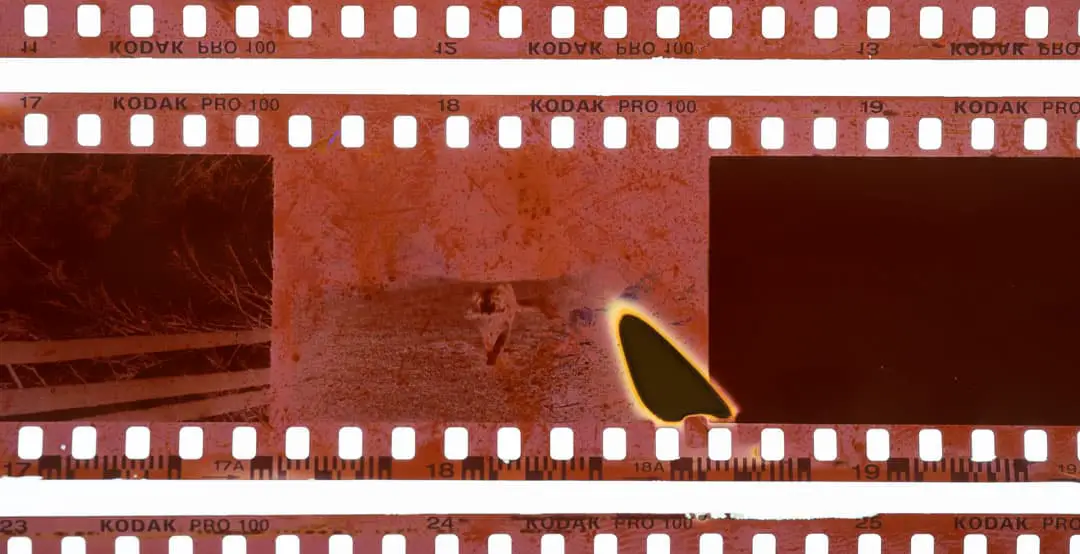
3. You you will ruin your film if you don’t have perfect temperature control
I’ve never once had perfect temperature control when developing film, and I have yet to ruin a roll.
The same is true even for color, which many people say needs to be developed within 2°F (~1°C), otherwise, you’ll ruin your photos.
But I used to read the temperature using the cheapest, dollar-store Chinese thermometer. It just had a piece of cardboard inside with the temperatures from 20°C to 150°C. So not only was it almost unreadable at the 39°C mark, the inner tube would also fog up and obscure the numbers completely.
But really, if I even hit the mark, the paper would sometimes shift in the tube, so who knows what temp I hit. All I know for sure is I didn’t get it right.
The film came out well either way. So no complaints.
For black and white film, I’ve also developed in the coldest tap water (you know, to reduce contamination from the hot water heater) during the dead of winter. That water comes out at like 10°c, and who’s got the time to wait for it to warm up?
Still got some dense negs. And no reticulation!
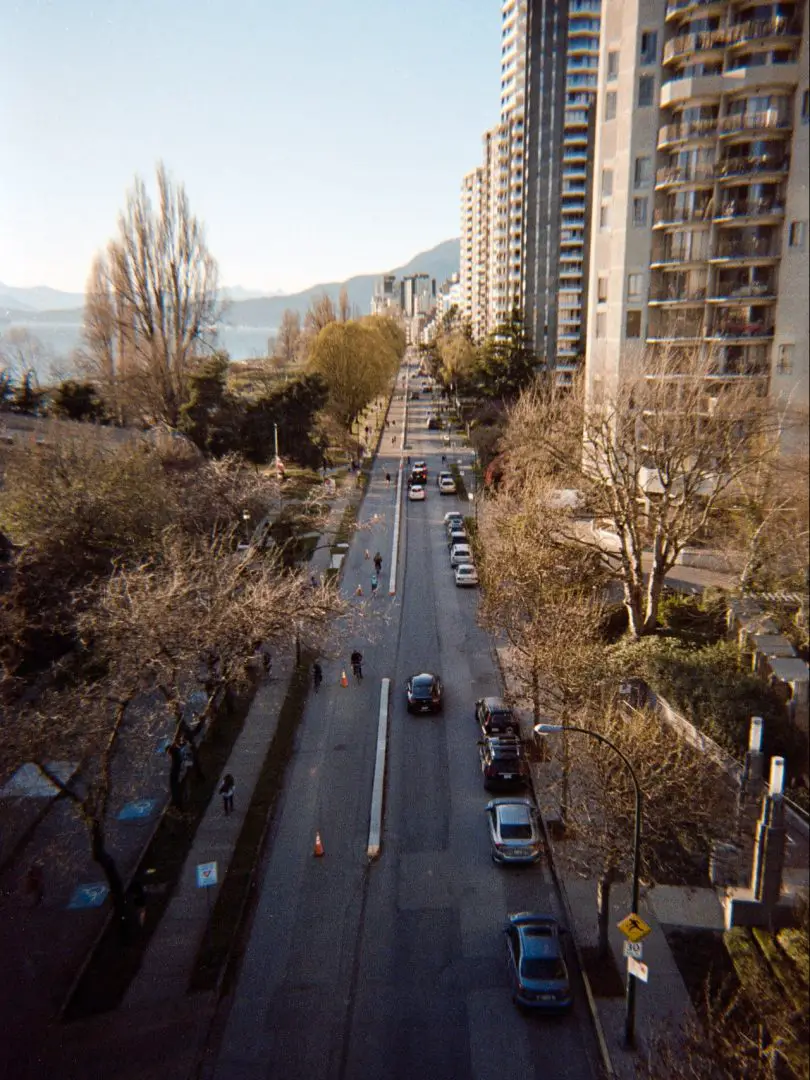
4. You need a wide-angle lens for street photography
Somewhere down the line, someone said they only use a 35mm lens for street photography. Now, it’s common knowledge that you need to get in people’s faces with a wide-angle lens, otherwise, it’s not street photography.
If you go back to the 80s or earlier, only a few people would ever say this. Many street photographers used 50mm lenses and much longer to capture beautiful images on the street.
A good example is Dave Heath, who often used long focal-length lenses to capture intimate, close-up images of people looking sad.
The fact of the matter is that it will be difficult to capture images of people without them noticing you up close. There is no way to get a natural expression with a 35mm lens — at least, that’s so in North America.
The 35mm focal length is awesome to have. But it’s far from the end all be all of film photography.
If you’re into street photography, try different focal lengths. If you have the ability, try using 135mm or 85mm to change up your perspective every now and then.
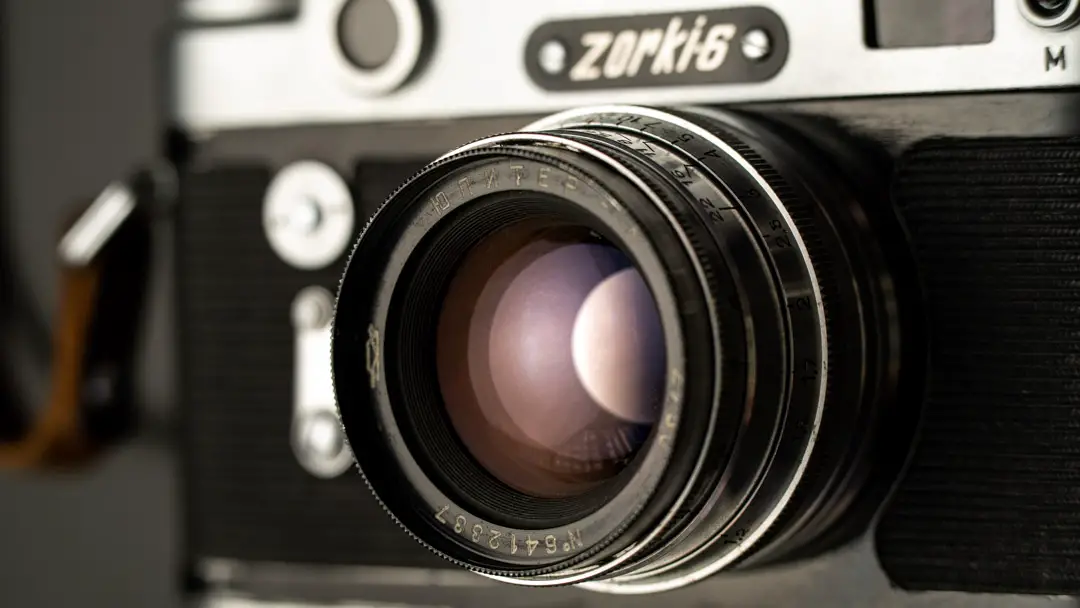
5. Rangefinders are best for Street Photography
Rangefinders are great for a lot of things. They look cool, they’re quiet, and the focus screen can only see in 35mm.
So if you only like 35mm, or you get an ASMR-type reaction from taking subtly out-of-focus shots with an 85mm lens, then a rangefinder is right for you.
I said this before and I will say it again. It’s okay to shoot street photos with a long focal length lens.
But it might be advisable to try an SLR if you maybe someday want to get your rocks off with a 135mm, or even a sacrilegious zoom lens.
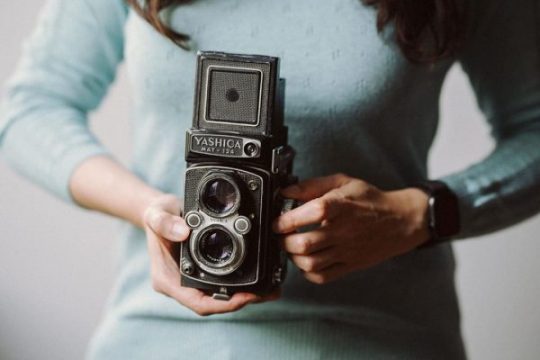
6. Real film photographers use a Leica
Nobody needs a Leica. They seem cool, I don’t know. What, are you cop?
This gets to the heart of the advice that you need to buy an expensive camera if you want to take good images on film. But if you can take an awesome image on a 12 megapixel iPhone, then you can take an awesome image on a cheap Holga or Ilford Sprite 35-II camera.
The expensive cameras might make taking good images a little bit easier. But they don’t do the work for you. And a camera like a Leica might even get in the way if you’re not willing to bring it around with you everywhere.
Always remember, the photographer takes the photos — not the camera.
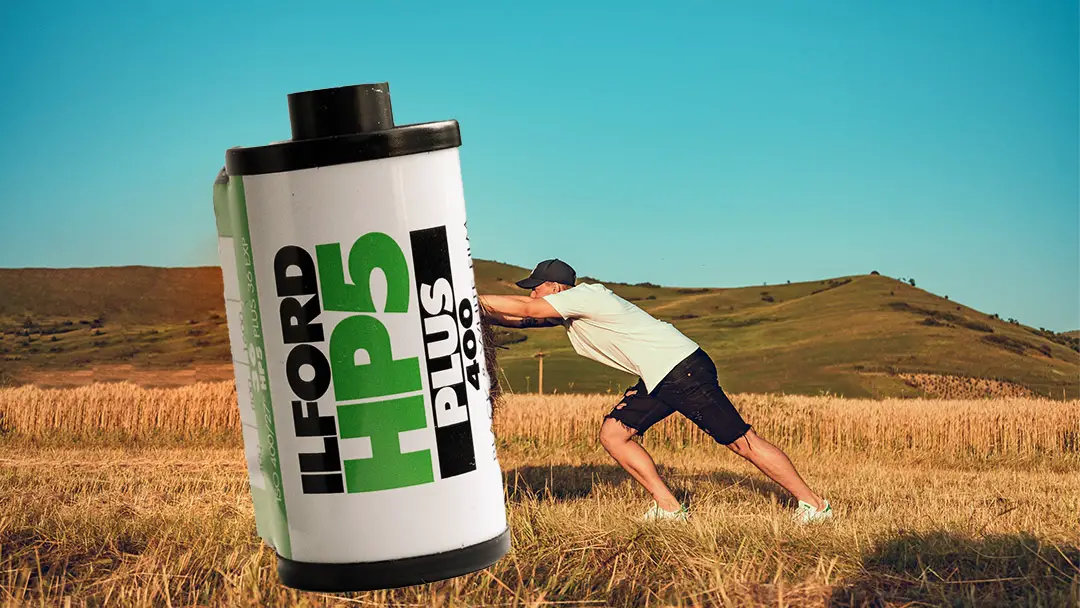
7. ‘Real photographers don’t push film’
Some people believe that it’s always better to overexpose your film by a stop and develop normally. If you’re pushing film, you’re shooting it wrong. And I think that’s about the most vanilla ice cream method of shooting film.
We out here at Learn Film Photography prefer Tiger ice cream (look it up, the OG Canadians in the room will know what I’m talking about) and push our film with gusto like the man in the image above.
Many films out there were designed to be pushed. Ilford Delta 3200 and Kodak TMax p3200 are both ISO 1000 films, so shooting them at ISO 3200 is technically a push. But at the same time, films like Ilford HP5 are much closer to an ISO 800 film than than the standard 400.
So you can push that film to ISO 1600 and still create low contrast images depending on the developer that you use.
Pushing and pulling film makes this medium way more flexible and fun. There are ways to get incredible results when pushing and pulling film if you know what you’re doing. And I would never discourage new photographers from experimenting and learning how to make the images they want to make.
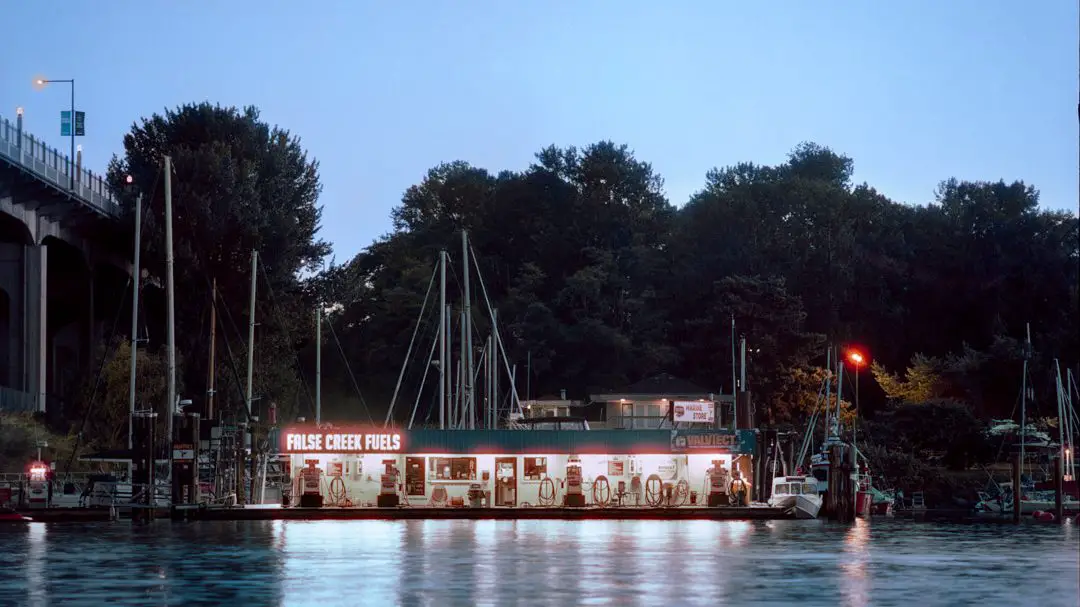
8. ‘Medium format is the only way to get good results on film’
It’s true that medium format film is better than 35mm. Full stop, you’re going to get better results with a medium format camera.
But just because the images will look better doesn’t mean you’re going to make better photos, if you know what I mean.
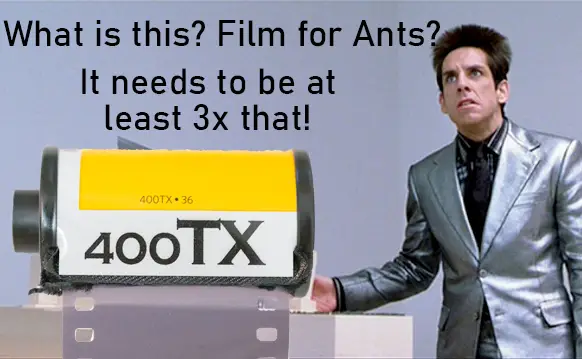
The fact is, medium format cameras are typically slower to use than 35mm film cameras. They’re also heavier, larger, and typically have slower lenses. For example, you can’t find any lens faster than the stock 80mm f/2.8 on a Hasselblad 500 series camera. Every other lens will have smaller apertures, which makes them harder to use in low-light.
There are medium format cameras with fast lenses, like the Pentax 105 f2.5 lens for the Pentax 67II. But lenses that fast are few and far between for medium format.
I am also a portrait and wedding photographer who uses film for wedding photography. My favorite images are the ones where I can capture a unique, unplanned, natural emotion. And I find that medium format cameras are too slow to set up to capture an image like that.
For landscapes, or studio portraits where you’re working with a professional model, a medium format camera can be awesome. But there are times when 35mm cameras are just faster and easier to use.
Learn more about all the pros of medium format film photography here.
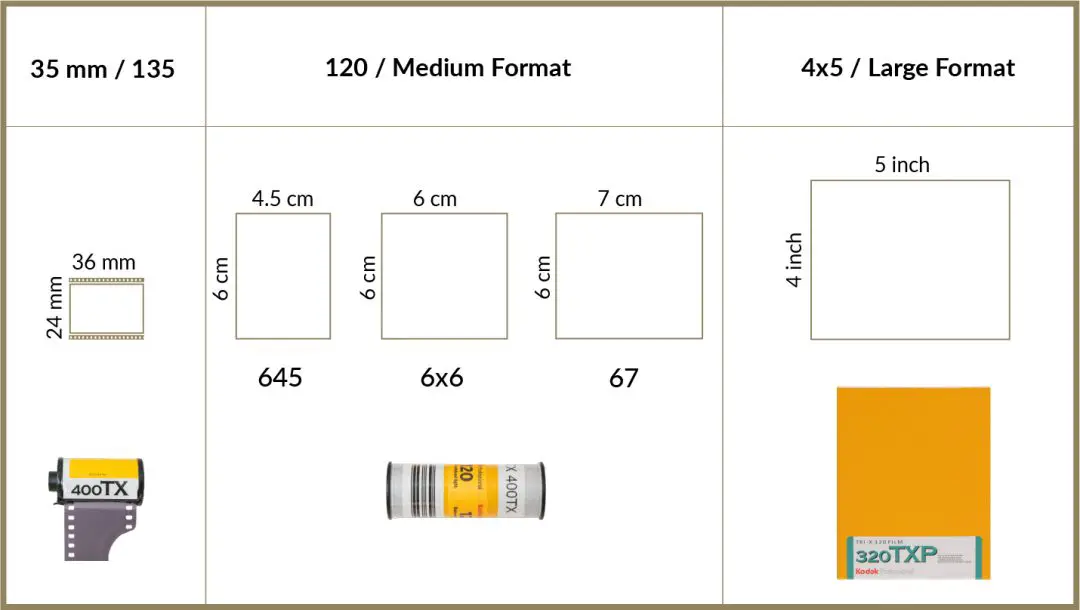
9. ‘645 isn’t much better than 35mm’
This is one of the worst pieces of advice that I’ve ever seen online. For some reason, there are a lot of photographers out there that don’t believe 645 medium format cameras produce much higher-quality images than 35mm.
645 is a medium format camera that shoots with a 6×4.6cm aspect ratio. It’s closer to the 35mm aspect ratio but smaller than a square (6×6) or 6×7 format negative.
Some film photographers believe there’s no point in scaling up to this image format. But a 645 image is more than three times the surface area of a standard 35mm image.
You can’t tell me a negative with 3x the surface area doesn’t have a significant advantage over 35mm. It’s a ridiculous argument.
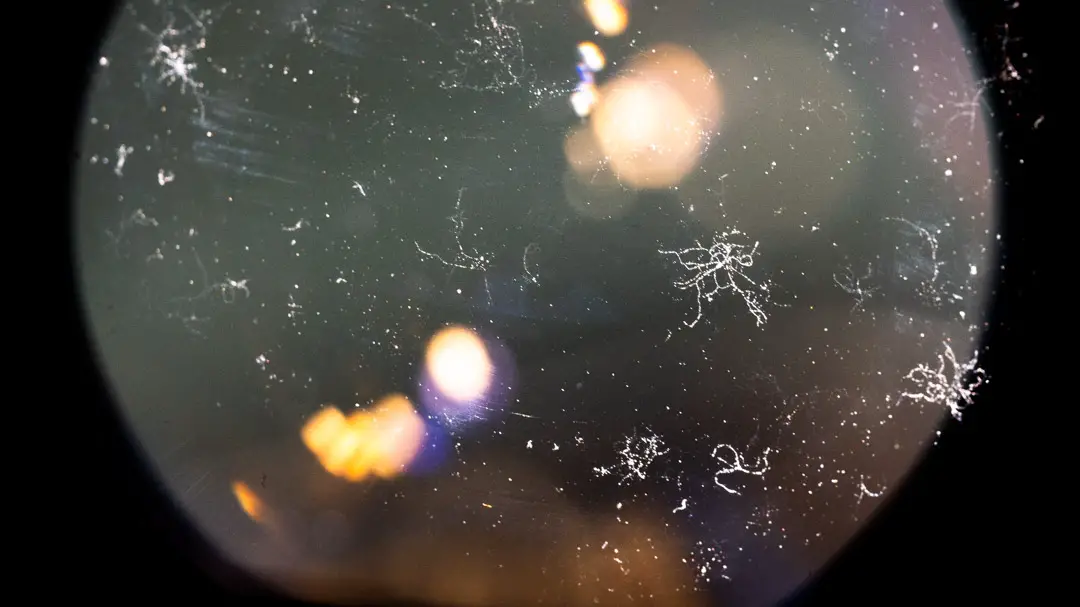
10. ‘Go to flea markets to find good deals on film cameras’
Everyone has read about the guy who bought a Leica or a Contax at a flea market for $5. What they don’t know is that the camera has faulty electronics and a horrible mold problem (learn more about mold in a camera lens here).
Flea markets are the worst place to buy film cameras. They are high-pressure selling environments that are filled with too many choices and pushy sales associates who are not there to give you a deal.
Nobody purchases a table to sell at a flea market without knowing the actual value of their items.
They’re hoping that you won’t thoroughly check the items in your hands, and will charge you mind prices even if there is a fundamental problem with the equipment.
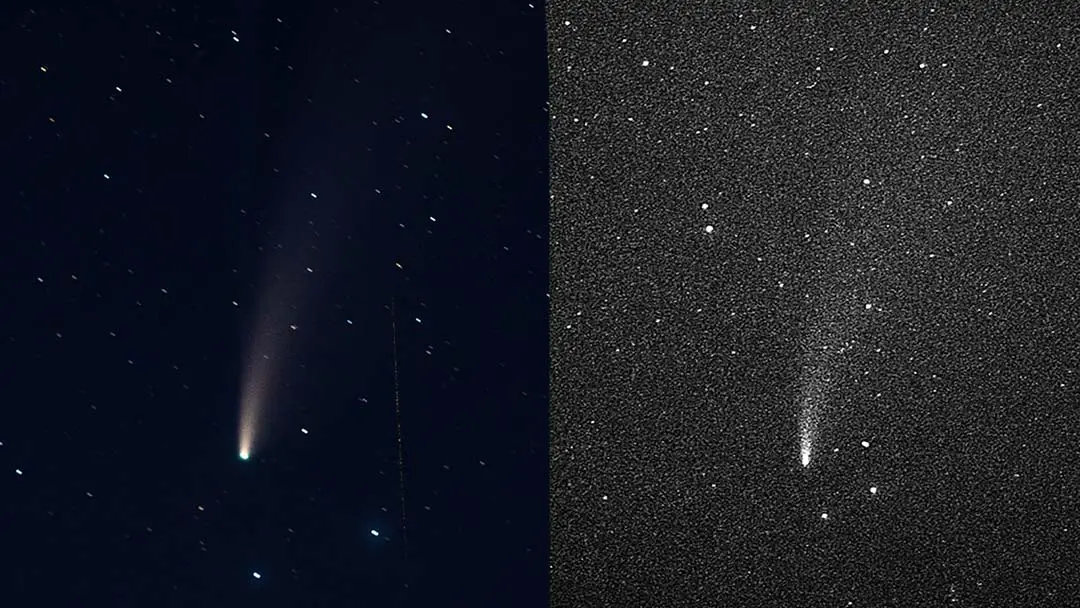
11. ‘Film is better than digital’
This is one of the biggest misconceptions in film photography. There was a time in the early 2000s when film was still way better than digital. The new technology was just getting started and wasn’t really able to create or edit incredible photographs the way we are now.
These days are much different. Digital photography outperforms film in almost every way. It has higher resolution, costs less (over time), it’s faster, and more reliable among other attributes.
Of course, that doesn’t mean digital is completely better. On paper, digital definitely is better than film, but there are many factors that a straight, head-to-head analysis like that ignores.
Film photography is all about working with a tangible, physical medium. For many people, there is much more joy in that tangibility than there is in the digital files.
The camera that you have with you is the best one. It doesn’t matter if it’s a $50 film camera or a $20,000 digital camera setup. The one that takes the best pictures is the one you enjoy using the most.
Final thoughts
There’s a lot more bad advice out there on the Internet. Reading this kind of advice on the old forums like APUG and others was one of the biggest reasons why I started this blog. I want to make sure that new film photographers all have the best advice possible when starting out.
Have you heard advice like this? Or are there any worse pieces of advice that you regularly read on the Internet? Let me know down in the comment section below!

By Daren
Daren is a journalist and wedding photographer based in Vancouver, B.C. He’s been taking personal and professional photos on film since 2017 and began developing and printing his own photos after wanting more control than what local labs could offer. Discover his newest publications at Soft Grain Books, or check out the print shop.

